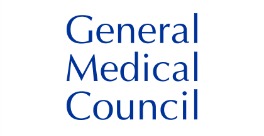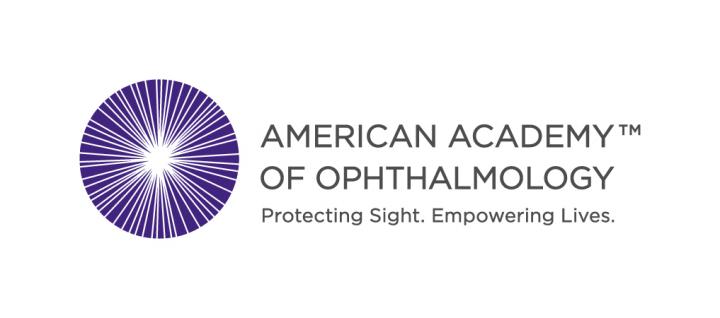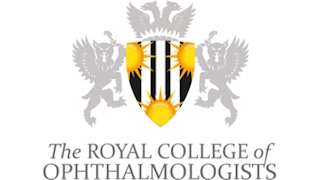Cataracts
A cataract is an opacity or cloudiness in the natural lens of the eye. It is still the leading cause of blindness worldwide and represents a significant cause of visual impairment in the United States.
A single study has suggested that use of oral vitamin C may help delay the progression of cataracts.
Just as a smudged or dirty camera lens may spoil a photograph, opacity in the natural lens of the eye can result in a blurred image.

What causes cataracts?
The development of cataracts in the adult is related to aging, sunlight exposure, smoking, poor nutrition, eye trauma, systemic diseases, and certain medications such as steroids.
Ageing is the most common cause. This is due to normal eye changes that happen after around age 40. That is when normal proteins in the lens start to break down. This is what causes the lens to get cloudy. People over age 60 usually start to have some clouding of their lenses. However, vision problems may not happen until years later.
Other reasons you may get cataracts include:
- Having parents, brothers, sisters, or other family members who have cataracts
- Having certain medical problems, such as diabetes
- Having had an eye injury, eye surgery, or radiation treatments on your upper body
- Having spent a lot of time in the sun, especially without sunglasses that protect your eyes from damaging ultraviolet (UV) rays using certain medications such as corticosteroids, which may cause early formation of cataracts.
- Most age-related cataracts develop gradually. Other cataracts can develop more quickly, such as those in younger people or those in people with diabetes. Doctors cannot predict how quickly a person’s cataract will develop.

Cataracts examination in Bermuda
A diagnosis of cataract can only be made by a thorough eye examination including slit lamp (microscopic) evaluation.
Other devices are sometimes used to determine if glare interferes with vision. If cataract surgery is being considered, an ophthalmologist will also examine the posterior aspect of the eye, which will include evaluation of the retina and optic nerve. If a cataract is mature (extremely dense) or hypermature (white), an ultrasound device known as a B-scan may be used to rule-out retinal detachment and ocular tumors prior to proceeding with cataract surgery.
The progression of cataracts is highly variable, however, they will invariably worsen in severity. Changing glasses may sometimes be useful in improving vision as the cataract progresses, since cataracts may induce relative nearsightedness. This is the answer as to why some patients with hyperopia (farsightedness) will actually have better vision without glasses in the early stages of cataract development.
For most patients, however, changing glasses has minimal impact on overall visual quality. Besides changing glasses, the only other option for treatment of cataracts is cataract surgery.
Your ophthalmologist will examine and test your eyes to make a cataract diagnosis. This comprehensive eye exam will include dilation. This means eye drops will widen your pupils.
Slit-lamp exam
Your ophthalmologist will examine your cornea, iris, lens and the other areas at the front of the eye. The special slit-lamp microscope makes it easier to spot abnormalities.
Retinal exam
When your eye is dilated, the pupils are wide open so the doctor can more clearly see the back of the eye. Using the slit lamp, an ophthalmoscope or both, the doctor looks for signs of cataract. Your ophthalmologist will also look for glaucoma, and examine the retina and optic nerve.
Refraction and visual acuity test
This test assesses the sharpness and clarity of your vision. Each eye is tested individually for the ability to see letters of varying sizes.
Once I have a cataract diagnosis, what should I do?
Have an eye exam every year if you’re older than 65, or every two years if younger. Protect your eyes from UV light by wearing sunglasses that block at least 99 percent UV and a hat. If you smoke, quit. Smoking is a key risk factor for cataracts. Use brighter lights for reading and other activities. A magnifying glass may be useful, too. Limit driving at night once night vision, halos or glare become problems. Take care of any other health problems, especially diabetes. Get the right eyeglasses or contact lenses to correct your vision. When it becomes difficult to complete your regular activities, consider cataract surgery. Make an informed decision about cataract surgery. Have a discussion with your ophthalmologist about:
- The surgery, preparation for and recovery after surgery
- Benefits and possible complications of cataract surgery
- Cataract surgery costs
- Other questions you have
How do you treat cataract?
Dr. Leonard Teye-Botchway , during cataract surgery your cloudy natural lens is removed and replaced with a clear artificial lens. This lens is called an intraocular lens
If your cataract symptoms are not bothering you very much, you don’t have to remove a cataract. You might just need a new eyeglass prescription to help you see better. You should consider surgery when cataracts keep you from doing things you want or need to do.
Cataract surgery
Cataract surgery is an operation to remove your eye’s lens when it is cloudy. The purpose of your lens is to bend (refract) light rays that come into the eye to help you see. Your own lens should be clear, but with a cataract it is cloudy. Having a cataract can be like looking through a foggy or dusty car windshield. Things may look blurry, hazy or less colorful. The only way to remove a cataract is with surgery. Your ophthalmologist will recommend removing a cataract when it keeps you from doing things you want or need to do.
During cataract surgery, your cloudy natural lens is removed and replaced with a clear artificial lens. That lens is called an intraocular lens (IOL). Your ophthalmologist will talk with you about IOLs and how they work.
Treatment for pediatric cataracts can vary depending on the type and severity. But the vast majority of children need surgery to remove the cataracts. Unlike adults with full-sized eyes, children require specialized surgical instrumentation and techniques. When performed by an experienced surgeon, cataract removal is generally safe. The most common risks include glaucoma, retinal detachment, infection and the need for more surgeries.
For most children, surgery is just the first step to rehabilitate the eyes. Ongoing treatment must repair eye-brain connections. This involves teaching the eyes how to focus properly.
After surgery, children often need some combination of contact lenses, intraocular lenses implanted in the eye or glasses. If amblyopia has developed, the child may need patching. This treatment involves covering the stronger eye to stimulate vision in the weaker eye.
Children who receive timely treatment and follow-up have a good prognosis. Successful outcomes may require years of individualized visual rehabilitation.
Latest news from your eye doctor in Bermuda
We regularly share new videos and blog posts for our Bermudian patients about common eye questions and concerns. You can subscribe at the bottom of this page to receive the latest updates.
Does cataract surgery hurt?
Because of the anaesthetic eye drops we administer before and during a cataract operation, the treatment does not hurt. Most patients are very comfortable during the procedure.
What are cataract symptoms?
Cataract symptoms start off with blurred vision, distortion and difficulty driving at night. As cataract symptoms progress, they usually interfere with the patient's normal life.
What are the cataract surgery risks?
Cataract surgery is the most commonly performed eye surgery there is. Because of technology and advanced techniques, cataract surgery risks have a very low chance of occuring.
Memberships and Accreditations
CALL TO ASK A QUESTION OR BOOK YOUR ANNUAL EYE CHECK
Call us on:
441-232-3937
About the author
Leonard Teye-Botchway
Consultant Ophthalmic Physician and Surgeon |MBChB, FRCS(G), MBA, FWACS, FGCS, DCEH (Lond), Postgraduate Diploma in Cataracts and Refractive Surgery
I am Leonard Teye-Botchway and I am the Medical Director and Consultant Ophthalmologist at Bermuda International Institute of Ophthalmology in Bermuda. The joy and elation I get from seeing patients who are very happy they can see after surgery is almost unimaginable. This is what really drives me to carry on being an ophthalmologist.
We have sourced some or all of the content on this page from The American Academy of Ophthalmology, with permission.












